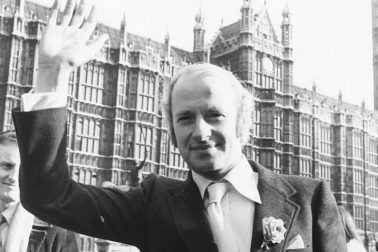The first question to spring to mind concerning this most welcome and in-depth study of the Irish–British painter Sir William Orpen (1878–1931) is why the Imperial War Museum? Recently, there have been notable exhibitions of his contemporaries Augustus John and William Nicholson at the Tate and the Royal Academy respectively, but Orpen it seems does not merit a star ‘art venue’, his life’s achievement (only a fraction of which was actually devoted to the subject of war) being relegated to a repository of machines of mass destruction. I’m sure the director-general and curatorial staff of the Imperial War Museum will forgive me for pointing out that their galleries are best known for their guns and tanks and planes (not to mention the gruelling Holocaust display), rather than for exhibitions of paintings. And yet the IWM does mount extremely good exhibitions of 20th-century artists — consider the Eric Ravilious show last year, and the Piper and Nash shows of earlier date. It just isn’t known for it as the RA or Tate are. Does this weigh against Orpen?
It certainly demonstrates that he’s still not taken particularly seriously by the art establishment, which has perhaps never really forgiven him for being so successful in his lifetime. As the press release reminds us, Orpen was ‘probably the most famous painter in Britain’ when he died. And yet there has never been an Orpen solo show in any of our national galleries. Why? True, he was not avant-garde in any noticeable way, pursuing instead a broadly realist course in the tradition of Vel





Comments